Blockchain Technolgy in Finance: a dive into DeFI
Instructor: Katya Malinova
Course : F741 Winter 2021
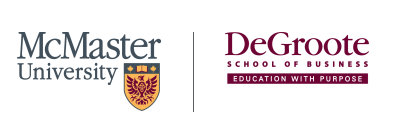
Application: issuing and transferring money
A short history of Money
A short history of Money
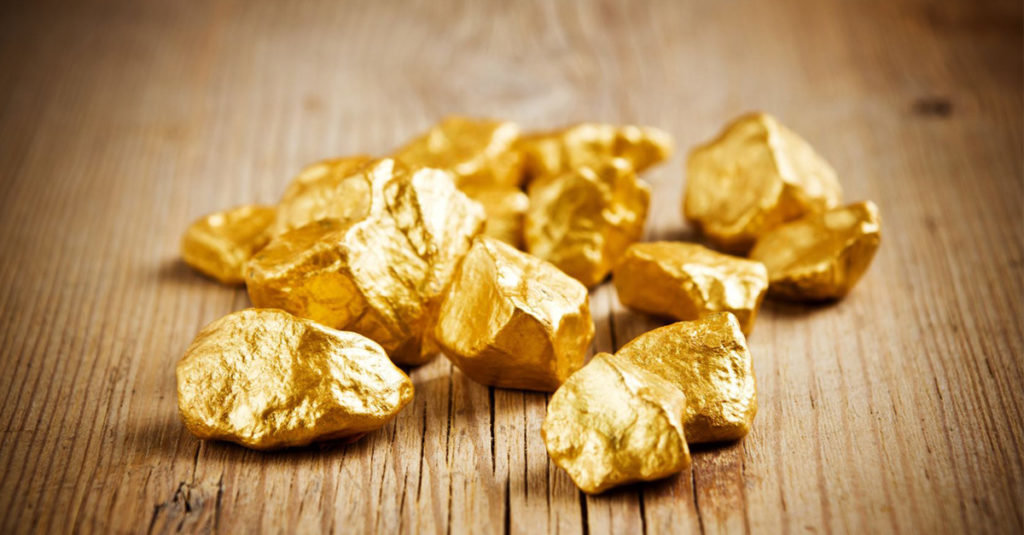


A short history of Money


A short history of Money
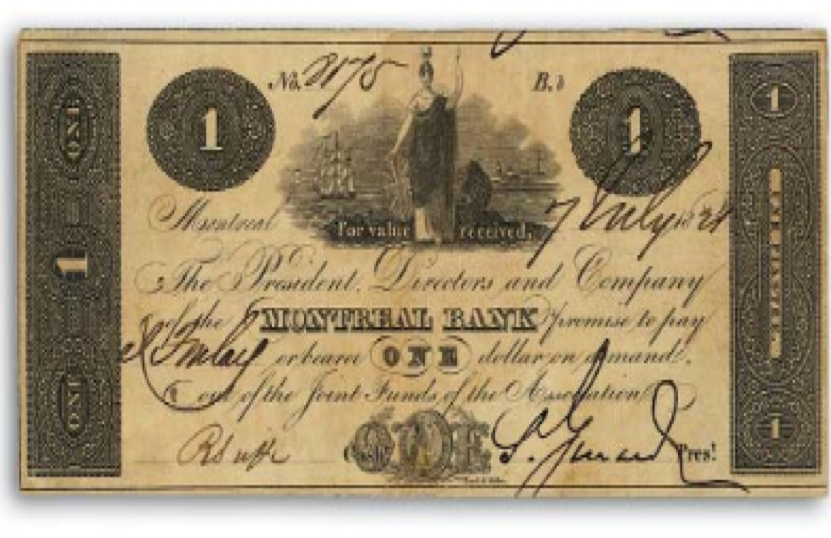
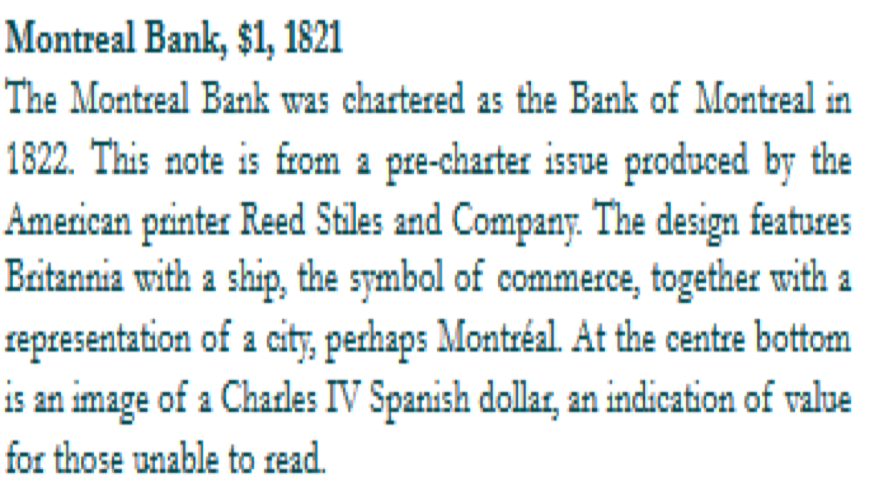
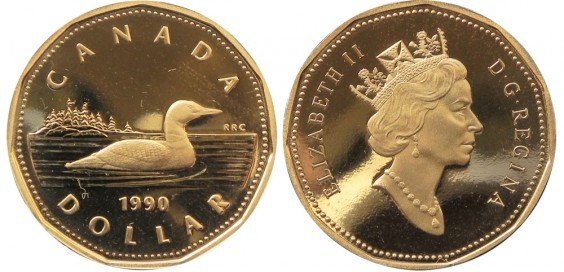

Cryptocurrencies vs USD
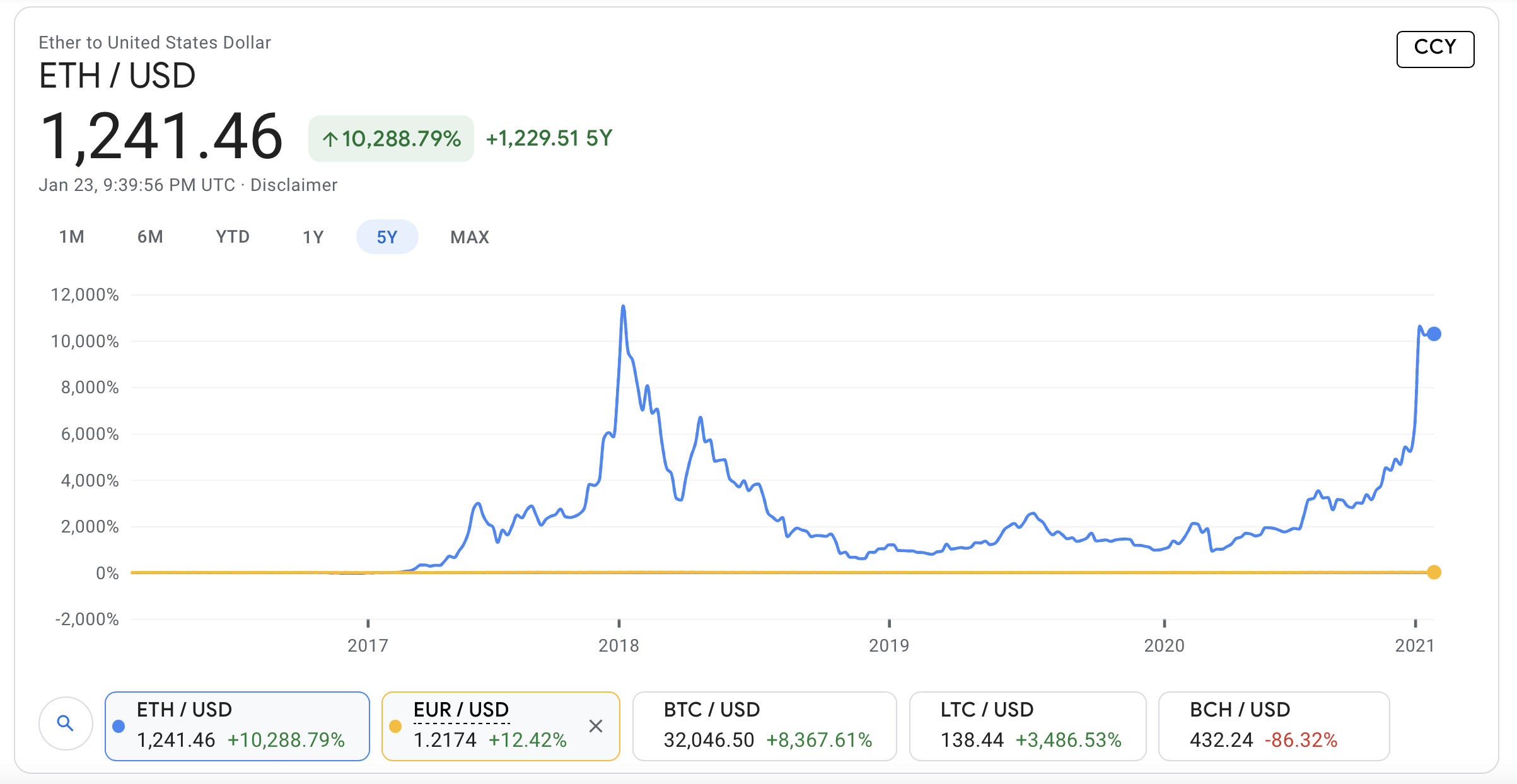
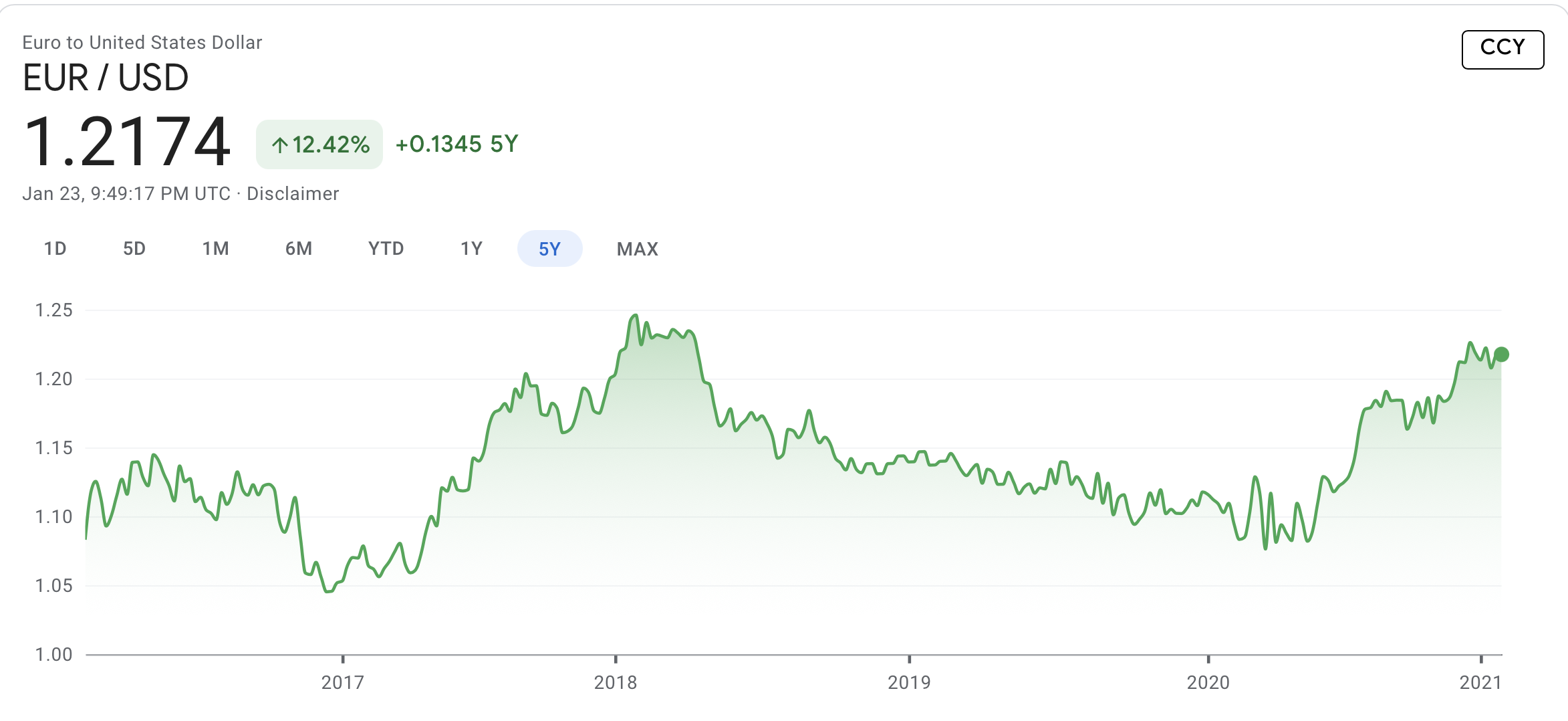
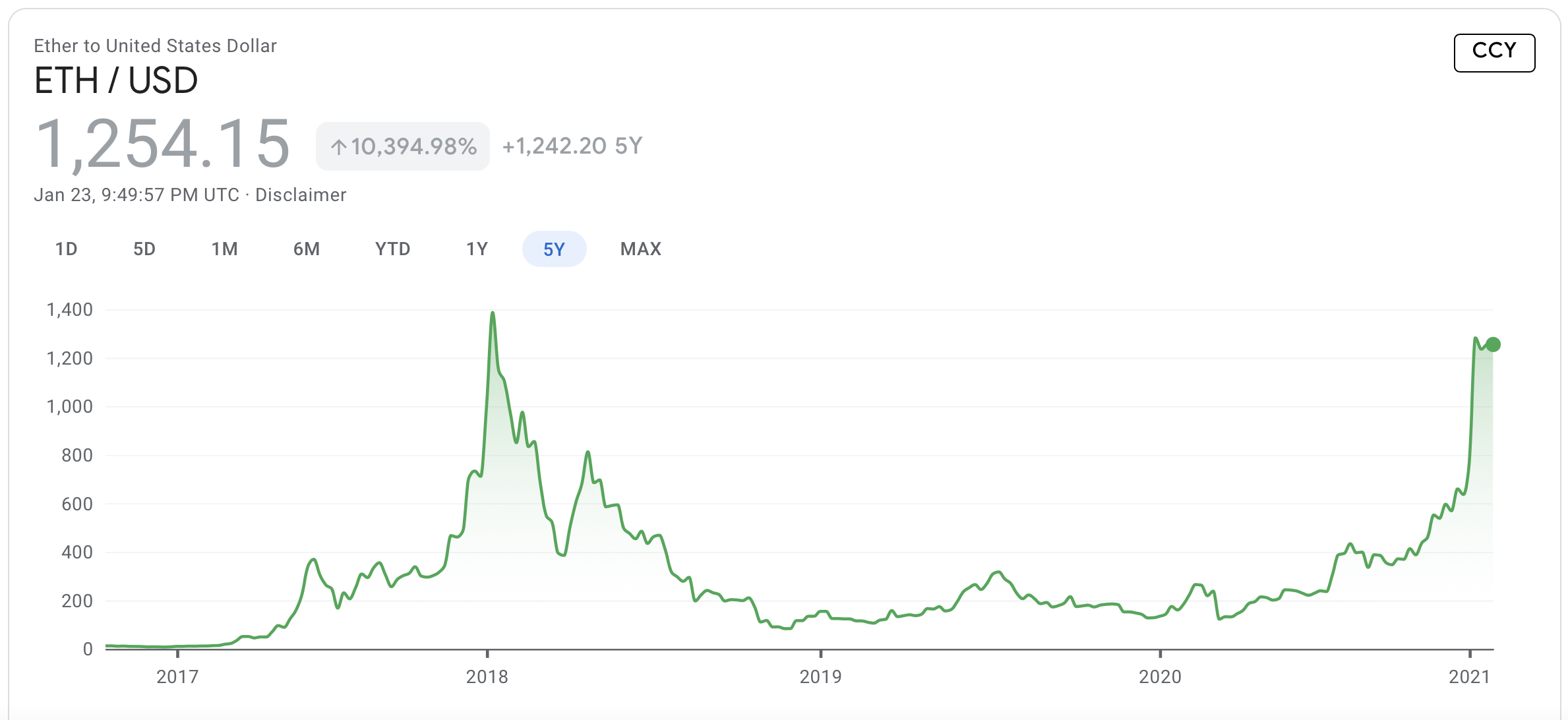
Cryptocurrency = money?
Can bitcoin or ether replace "fiat" MONEY?
store of value?
unit of account?
method of exchange?
\(\to\) does not require "double coincidence of wants"
\(\to\) don't have to price everything relative to each other
\(\to\) don't have to spend money immediately upon receiving it
Application: stablecoins
BTC, ETH
fiat: USD, EUR
asset (gold)
fee-backed
Seigniorage
Crypto
Traditional
Algorithmic
Collateral-Backed
Taxonomy of Stablecoins
The Impossible Trinity (macroeconomics)
free flow of capital
Control exchange rate
Control interest rate
Basic macroeconomics: you can have TWO out of THREE
Why? The inconvenience of markets ...
Application: stablecoins
Fiat-backed
A Controversial StableCoin: Tether (USDT)
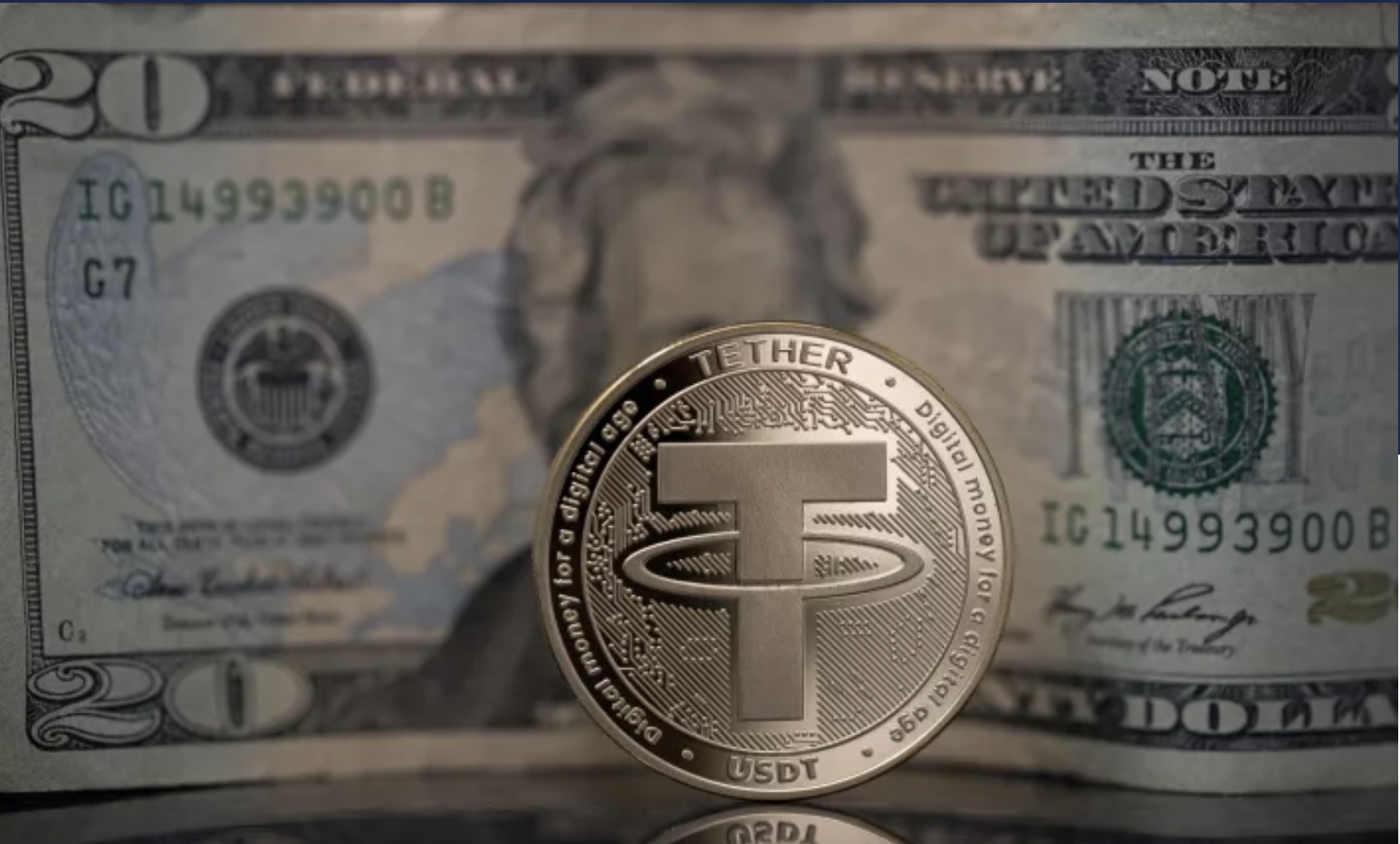
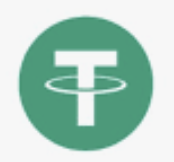
Application: stablecoins
Crypto-backed
unified unit of account: dai
Money

Idea:
- create fiat money on chain
- mechanism
- a collateralized loan with ETH in escrow
- DAO-managed monetary policy (=creation or destruction of tokens)
Sidebar: what is a DAO?
- DAO=decentralized autonomous organization
- \(\to\) entity without management
- governance decided by token holders essentially by vote
user perspective
Maker DAO

1.25 ETH
(1 ETH = $1200)
(Jan 21, 2021)
\(\approx\) $1,500













\(\vdots\)
1,500 DAI
(1 DAI = $1)
formally: this smart contract is a collateralized debt position (CDP)
Smart Contract: "Vault"
user perspective
Maker DAO
fractional collateral \(\to\) collateralization factor \(=\) 150%
total collateral = $1,500
maximum loan = $1000
overcollateralization = $500
actual loan (example) = $500
buffer = $500
user perspective: what happens if the price of ETH rises?
Maker DAO
ETH \(\nearrow\) $1,600
value of ETH collateral = $2,000
maximum loan = $2,000/150%=$1,333
total collateral = $2,000
maximum loan = $1,333
overcollateralization = $667
actual loan (example) = $500
buffer = $500
overcollateralization = $667
new loan capacity= $333
user perspective: what happens if the price of ETH falls?
Maker DAO
ETH \(\searrow\) $600
value of ETH collateral = $750
maximum loan = $750/150%=$500
total collateral = $750
maximum loan = $500
overcollateralization = $250
actual loan (example) = $500
buffer = $0
for reference: former value of collateral
user perspective: what happens if the price falls & max loan is exceeded?
Maker DAO
ETH \(\searrow\) $480
value of ETH collateral = $600
maximum loan = $600/150%=$400
total collateral = $600
maximum loan = $400
required overcollateralization = $200
actual loan (example) = $500
buffer = -$100
for reference: former value of collateral
user perspective: what happens if the price falls & max loan is exceeded?
Maker DAO
ETH \(\searrow\) $480
value of ETH collateral = $600
3 scenarios:
- increase the collateral
- return 500 DAI & get 1.2 ETH back
- the Vault is liquidated by "keeper"


Keeper sells 1.0417 ETH=500 DAI
(Pays off the loan)
Keeper gets an incentive fee
for liquidating the loan,
say, 0.06 ETH
The Vault Holder keeps:
- 500 DAI
- 0.093 ETH= 1.2-1.0417-0.06
Maintaining the Peg: Market forces reinforce stability
Maker DAO
- if ETH price in $ \(\nearrow\)
- \(\to\) DAI is worth "too much" relative to $
- \(\to\) mint more DAI against the existing collateral
- price (DAI) \(\searrow\)
- if ETH price in $ \(\searrow\) then:
- DAI is worth "too little" relative to $
- liquidation incentives \(\to\) sell ETH & buy (DAI)
- price (DAI) \(\nearrow\)
There are also formal incentives & mechanisms
Maintaining the Peg: monetary policy
Maker DAO
- stability fee
- DAI savings rate (DSR)
- debt ceiling
Vault holders (=borrowers of DAI) pay "stability fee" (= interest)
- if too much minting (=too much DAI) then
- \(\to\) interest \(\nearrow\) \(\to\) cost of DAI \(\nearrow\)
- \(\to\) minting \(\searrow\) \(\to\) supply DAI \(\searrow\)
DSR paid on "locked" DAI
- DAI deposited to specific contract (demand \(\nearrow\))
- funded by stability fees
- stability fee > DSR
total amount of debt (or DAI) outstanding is limited
Sidebar: how are the features of this protocol decided?
\(\to\) special "governance" token MKR
Application: asset trading
The Ugly Truth: token trading and token markets are different from securities trading and markets
Investor
Broker
Venue
Settlement
Exchange

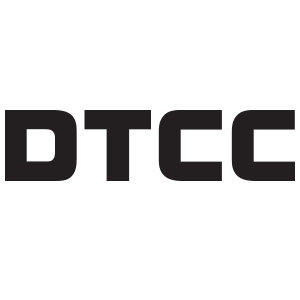
Traditional
Wholeseller
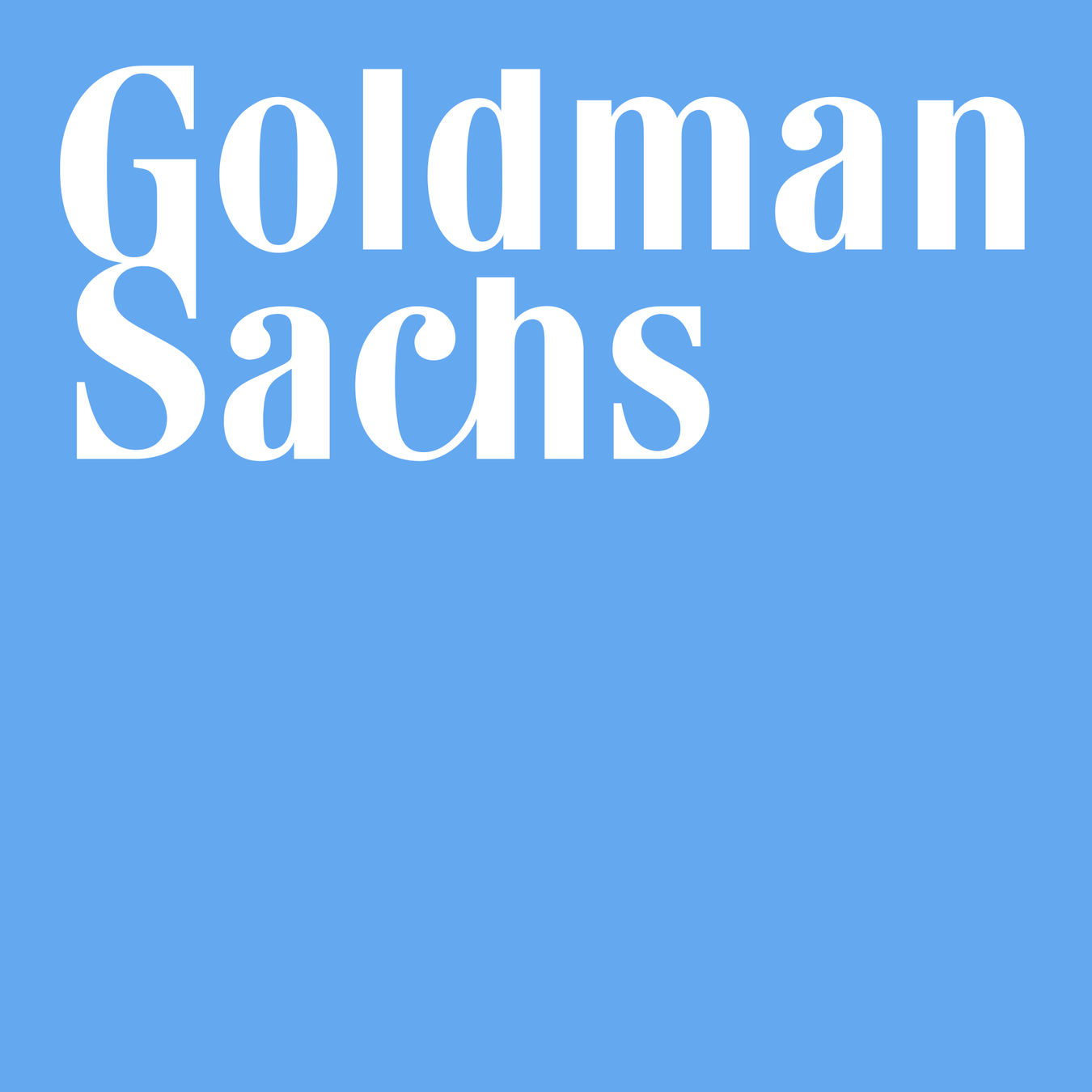

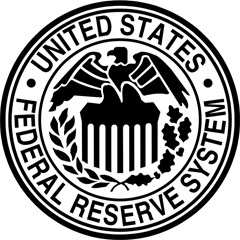
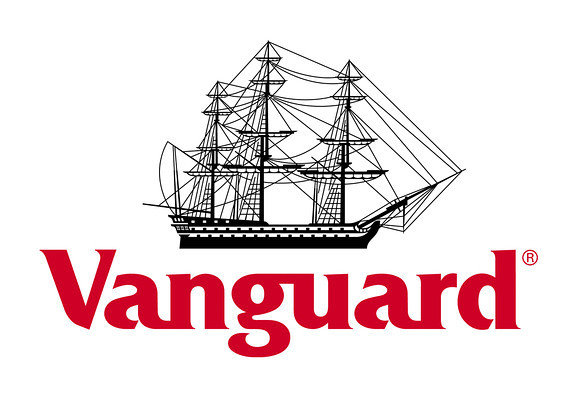
Darkpool


Internalizer

Venue
Settlement
Investor
On chain
Crypto
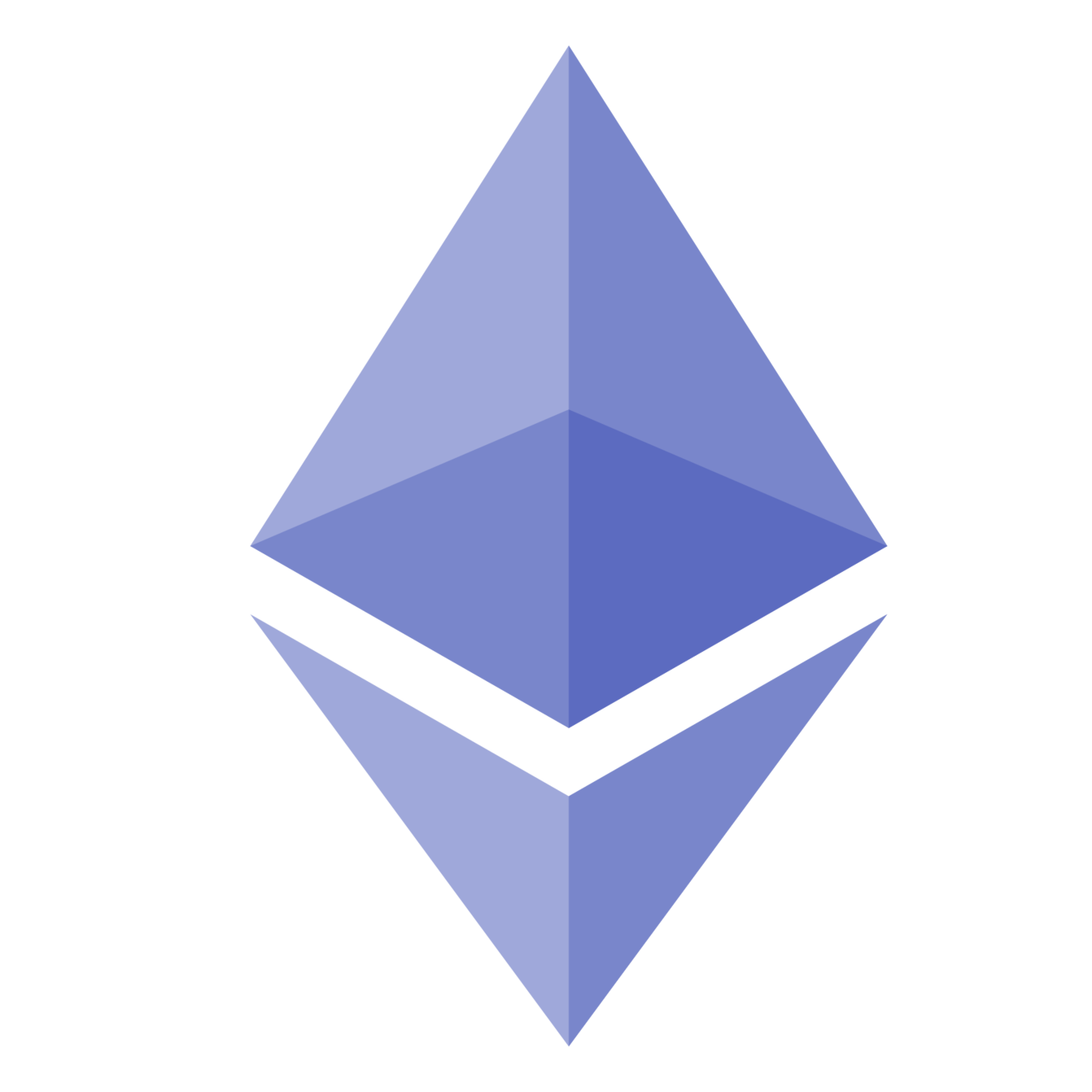










Application: asset trading
Decentralized Exchanges (DEX)
decentralized exchange
Key Components

Idea:
- create a way to exchange items on-chain
- fully decentralized
- \(\to\) no single controlling entity, or location, everything runs with smart contracts
How do you organize DEX trading?
Atomic swaps




How do you organize DEX trading?
Liquidity?
- Laissez-faire: Etherdelta or Kyber
- people submit contracts (limit orders) on-chain
- system collects info
- system offers "tools" to trade against standing contracts
- Hybrid: 0x
- "dark liquidity"
- off-chain/sidechain purchase/sale agreements
- system matches compatible orders and posts on-chain
- Automated market maker (AMM) (Uniswap)
- AMM holds assets on both sides
- offers two-sided quotes (\(\to\) always liquid)
- prices adjust continuously to demand/supply shifts
Application: asset trading
DEX Example: Uniswap
How do you organize DEX trading?
automated market maker

Price mechanism:
- risk-neutral "invariance" pricing
- at price, contract (AMM) is indifferent between buying and selling
- \(X=\) contract balance of asset \(A\)
- \(Y=\) contract balance of asset \(B\)
- \(k=\) invariance factor
- key relation \(k=X\times\ Y\)
Prices
- when you want to sell \(x\le X\) you receive \(y\) that maintains invariance.
How do you organize DEX trading? EXAMPLE
automated market maker

invariant \(k=4\times4=16\)
Instantaneous exchange rate:


1 = 1

Contract deposit:








How do you organize DEX trading? EXAMPLE
automated market maker






sell 4 DAI for how many USDC?














1
0.5
=

How do you organize DEX trading? EXAMPLE
automated market maker

invariant \(k=100\times100=10,000\)
Contract deposit:


Problem: large "slippage" (or price impact)
"Deep liquidity" helps minimize this.
\(100\times\)
\(100\times\)
How do you organize DEX trading? EXAMPLE
automated market maker



sell 4 DAI for how many USDC?









\(100\times\)

\(100\times\)
\(3.85\times\)
\(-3.85\times\)

1
0.9625
=

How do you organize DEX trading? EXAMPLE
automated market maker

\(\to\) the more money is in the contracts, the lower the price impact
-
Increase the deposit to 10,000 DAI & USDC:
- \(k=10,000\times10,000=100,000,000\)
- \(~\to\) for \(4\) DAI you get \(10,000-100,000,000/10,004=3.998\) USDC
How do you organize DEX trading? other mechanisms
automated market maker

- anyone can become a liquidity provider when supplying both sides of a pair
- can also establish a new pair
- including creating a brand-new token \(\to\) establish a starting price!
- trades carry a fee of 30bps \(\to\) paid to liquidity providers (pooled)
- liquidity providers still face opportunity costs relative to all other assets \(\to\) income must be sufficient
superannoying feature
automated market maker

-
front-running
-
transactions enter mem-pool
-
\(\to\) all visible there
-
arbitrageur make instant-swap trade at higher gas price
-
\(\to\) trade instead of original trade
-
"fix" (not a proper solution): set a max slippage
-
-
Application: Innovative Financing Tools
What is a token?

What is a token?

Or Future Users
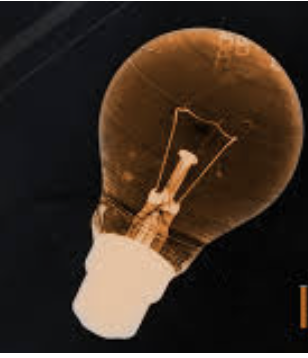
Can be traded right away
May get listed on an exchange
more credibility
Rights to future cashflows from the project
Cumulative Token sales since Jan 2016
Data: coinschedule

$25B total
$21B in 2018
for comparison: total size of
-
Toronto Stock Exchange: $2,200B
-
Toronto Venture Exchange: $41B
Some spectacular returns
Source: Tokendata, Jan 23 2021
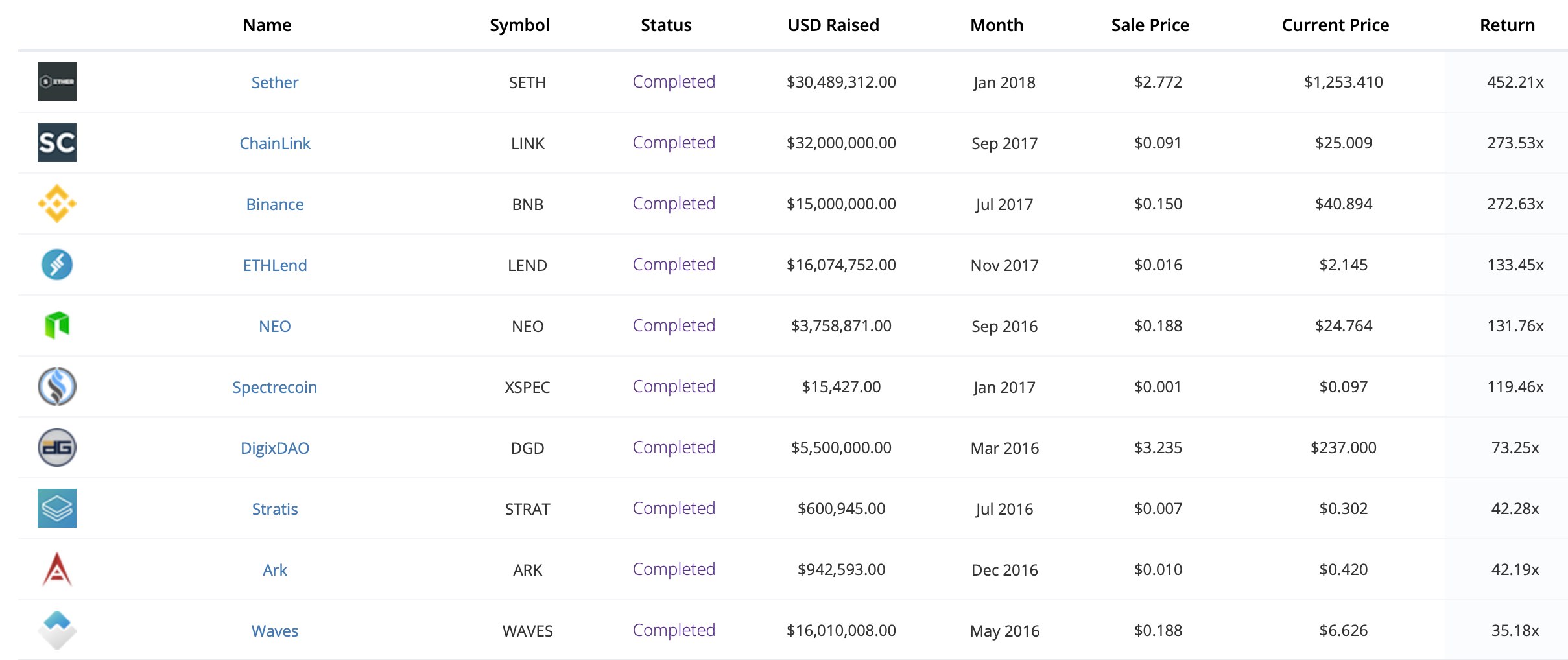
Also: a real horrow show

Source: Tokendata, Jan 23 2021


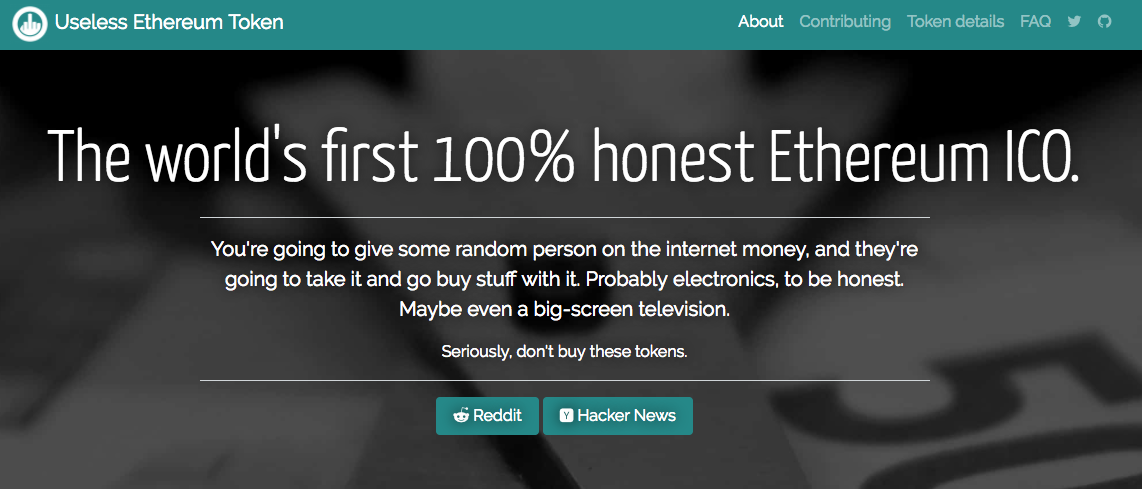

Contributions in ETH, USD estimates depend on the price of ETH
Also: a real horrow show
BETSY STARK, ABC News: Some say the [technology] is so
revolutionary that the usual roles for valuing an asset, such as
revenues and earnings, no longer apply.
Source: PBS Documentary DotCon
MIKE LEE, Venture Capitalist: The conclusion we came to,
rightly or wrongly so, was that the [technology] was going to
fundamentally change the way business was run across the
board, in every sector of business.
technology = Internet
time: 1999-2000
When First Mortgage
Network changed the name to Mortgage.com and went on the Net, the
estimated market value jumped from $100 to $800 million.
Why care for tokenomics?
Tokens: a New Financing Tool?
Preliminary (academic) Research insights: What can (utility) tokens finance that traditional securities cannot?
can finance projects that otherwise would find no equity funding
enable network effects and new business opportunities
allows entrepreneurs to extract more surplus
Blockchain Tech Stack: Tokens vs Cryptocurrencies
Infrastructure
reward
and
internal currency
usage fee
or
incentive
usage fee
Service
Application
Tech Stack Layer
Role of Token
cryptocurrency
Token
Token
Key: you cannot collect money from just anybody!
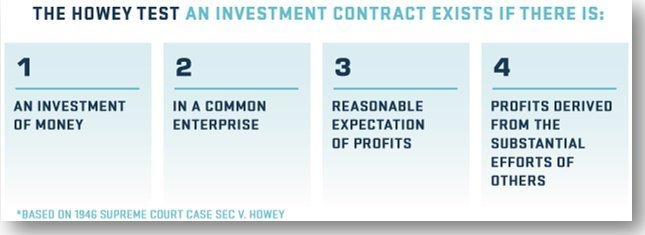
regulatory Issues: Many tokens are securities
Similar regulation in Canada: look up the Pacific Coast Coin test
Blockchain Tokens and Coins as Payments & a Financing Tool?
Breakout rooms' discussion
What are the key new opportunities?
What's missing?/Value of VC and/or traditional intermediaries?
Blockchain Tokens and Coins as Payments: a New Financing Tool?
- Since Jan 2016: $31 billion for 1,700+ early start-ups
- TMX Venture (successful, since 1999, for junior firms)
- $42 billion market cap (since 1999!)
- In 2018: 52 IPOs, $2.2 billion
- Private markets in Ontario: raised $70 billion in 2017
Lessons?
- Significant interest in FinTech
- Appetite by retail investors for risk/early-stage firms
- Possible to raise funds directly from investors
- VCs and intermediaries do provide a service
- money does not substitute for business plan/advice
- "wisdom of the crowd" is non-existent (?)
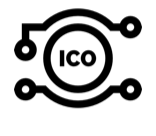
Related: Centralized Solutions
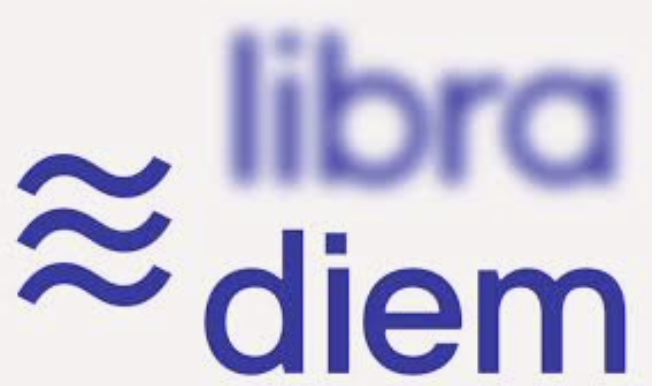
Central Bank-Issued Digital Currencies
Time-permitting, may touch upon these on Jan 27, but most likely will discuss on Feb 03
Questions for the future
What is the economic impact of "tokenizing everything"?
How will it affect investments and investment banking?
Which business opportunities will it enable?



What do tokens and "alternative money" mean for payments?
@katyamalinova
malinovk@mcmaster.ca

slides.com/kmalinova
https://sites.google.com/site/katyamalinova/

